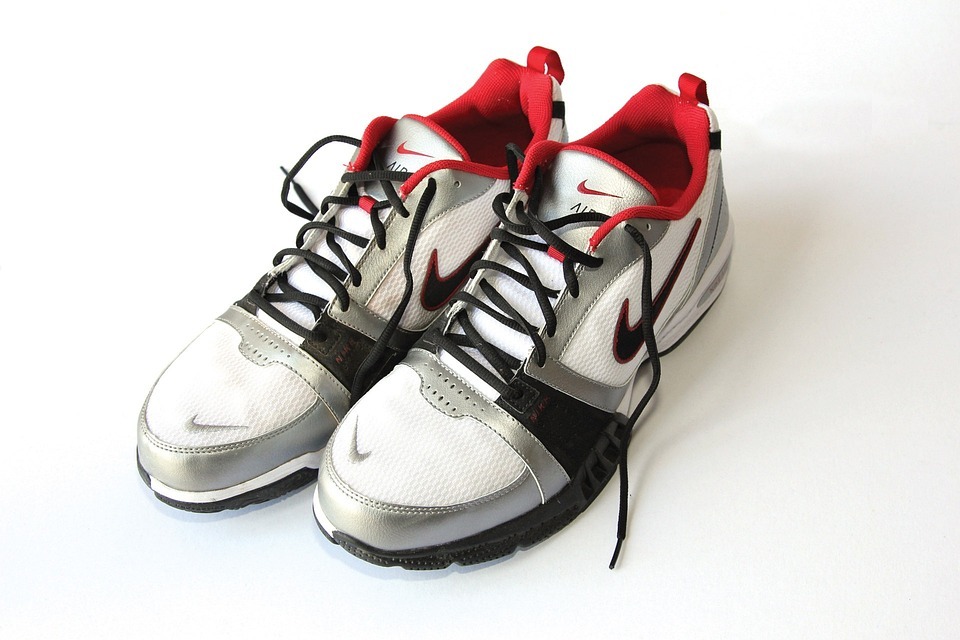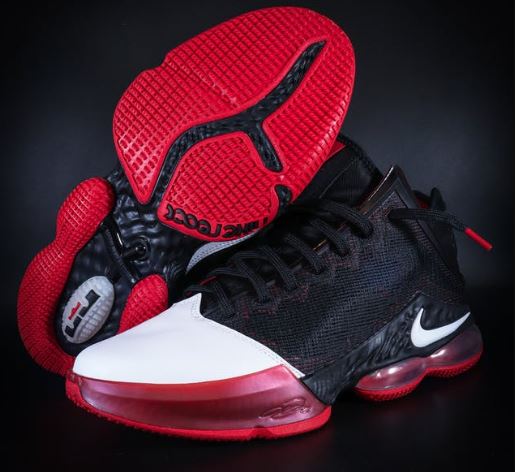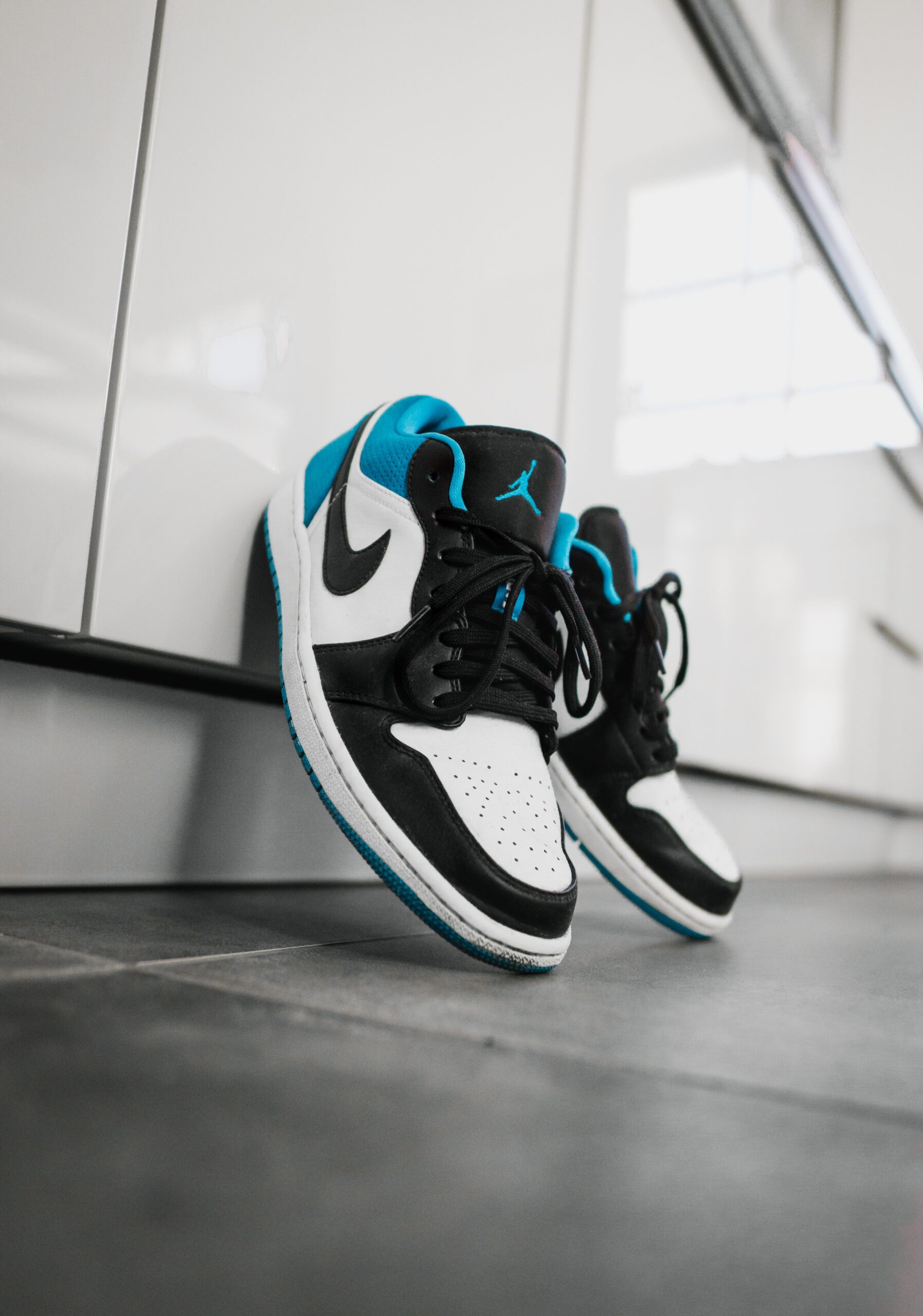What types of materials are used in athletic wear?

Sportswear is an exceedingly wide phrase that may apply to everything from yoga trousers to team jerseys and anything in between. The sort of sportswear you are talking about will influence the cloth it's manufactured from. For example, sportswear like leggings, sports bras, and tank tops are commonly produced from a polyester/spandex combination and are also increasingly adopting more sustainable textiles. This combination is lightweight, flexible, and moisture-wicking - excellent for a workout.
Sportswear is most typically produced from a range of synthetic textiles - the most popular materials used in sportswear will be discussed in this article.
Polyester
Polyester is the most popular fabric in sportswear and athleisure for various reasons – it is inexpensive, it is durable, and offers a range of qualities that make it excellent for activewear. Polyester is commonly combined with different textiles to make a more versatile garment. For example, polyester is typically combined with spandex to form a fabric with high flexibility and recovery. This mix is typically used in leggings, sports bras, and other compression apparel. Polyester is also combined with cotton to create a fabric that is lightweight and breathable - excellent for summer sportswear. Additionally, some producers have formed ties with several big sportswear firms to start using recycled polyester in place of virgin polyester. This endeavor is a little step in the right direction to make polyester a more sustainable fabric.
Spandex/Elastane - The Stretchy Stuff
Spandex, commonly known as elastane, is a synthetic textile initially produced in the 1940s. Known for comfort and performance, this fabric has exceptional stretch and recovery capabilities - it can be stretched up to five times its original length and will return to its original shape when released. This makes spandex a perfect fabric for sportswear, often combined with polyester or cotton, since it allows for a complete range of motion without compromising the garment's integrity. Spandex is widely used in leggings, yoga trousers, compression clothes, and swimwear. Manufacturing spandex does involve harmful chemicals; nevertheless, certain spandex can be Recycled Claim Standard certified, indicating it was made using at least 5% recycled materials.
Nylon - Strong and Durable
Nylon is a synthetic polymer that was initially created in the 1930s as a substitute for silk. This fabric is sturdy and resilient, making it excellent for athletic items that will see a lot of wear and tear. Nylon is widely used in sports bras, cycling shorts, and other compression clothes as it gives a tremendous level of support. Additionally, nylon is commonly used as a reinforcement in other textiles - for example, many sports bras have a nylon exterior layer with a cotton or polyester inside layer. When used for knitting textiles, it's perfect for swimwear because of its high stretch and smooth fit. It offers moderate moisture-wicking qualities and poor breathability, which makes it excellent for outerwear applications. It is simple to add a long-lasting water-repellent treatment to nylon when it is used to make woven textiles like softshell and ripstop so that moisture will bead up and roll off the fabric's surface. Although some nylon may be recycled and some companies turn nylon nets into recycled nylon, recycled nylon is not nearly as common as recycled polyester.
Merino Wool - The Natural Fiber
Merino wool is a type of wool that originates from the Merino sheep, a breed that originated originally from Spain but today can be found all over the world. This wool is exceptionally soft and has great moisture-wicking characteristics, making it ideal for sportswear. Merino wool is typically utilized in base layers and other items that will be worn adjacent to the skin as it is pretty delicate. It is also a popular choice for socks since it helps to regulate temperature and avoid blisters. While merino wool is a natural fiber, it does need a lot of resources to produce - sheep need to be shorn every year, and the wool needs to be processed before it can be used. Additionally, merino wool is not as robust as synthetic materials and is more vulnerable to pilling.
MMCFs (Bamboo, Eucalyptus, etc.) - The New Player
Man-created Cellulosic Fibers, or MMCFs, are a "new" kind of fabric created from wood pulp, a resource that is sustainable and renewable and may come from several raw materials, including eucalyptus, beech, bamboo, etc. The word "new" is used in quotation marks since some of these techniques have been used for well over a century, yet they are relatively new in terms of natural fibers. In the manufacture of athletic apparel, these fibers frequently take the place of polyester, nylon, and other synthetic materials. MMCFs have many characteristics with synthetic textiles, including strength, durability, great moisture wicking, and rapid drying.
Additionally, they differ significantly from synthetic materials in that they are biodegradable, recyclable, and created with a lot less energy.
Cotton
In the past, the consensus was that cotton is not a good material for athletic wear since it does not absorb perspiration. However, cotton sportswear is now offered since it manages odors better than other materials because it is airy and does not retain odors. Cotton still falls short, though, when it comes to quickly absorbing perspiration.
Calico
Calico is a subtype of cotton. It is a similar degree of softness to raw cotton. This substance is excellent for active wear garments since it is very absorbent. Additionally, as Calico is environmentally friendly, using it will help the environment.
Microfiber
As the name implies, microfiber is a material consisting of incredibly thin, small thread fibers with a linear density of little more than one denier. This indicates that the threads in microfiber are 100 times finer than those in human hair. It is artificial, not naturally occurring. A combination of many polyester kinds makes up microfiber. As a result, microfiber is a pricey material that is frequently utilized in branded sportswear.
Synthetic
Because rubber and plastic sportswear used to cause athletes to overheat, synthetic sportswear was developed to make athletes' lives easier. Not only may synthetic materials be utilized for apparel, but also for other athletic goods like knee and elbow bands. This material is quick to absorb perspiration and is breathable to keep you cool.
Gore-Tex
Gore-Tex is a hybrid material that is not only used to make sportswear clothing such as jackets but also running shoes. It is a fabric film that is typically applied to sportswear to make it breathable and waterproof. It is still a breathable cloth that is suitable for high-intensity sports despite this flaw. In essence, it allows the perspiration to drain while keeping the wind and water outside. Therefore, this substance is a suitable selection for windcheaters.
Polypropylene
Fabric made of plastic is called polypropylene. However, because of the fabric's total water resistance, even if your perspiration gets on the outer layer of your clothing, it will not cause the fabric to become wet from the inside. This fabric may be worn alone or as a foundation layer underneath another fabric.
Conclusion
In conclusion, sports clothing uses a wide variety of materials that are created to improve durability, comfort, and performance. Each material used in sporting clothing has a distinct function, from synthetic textiles. Future sports materials carry the potential of even higher performance-enhancing qualities, sustainability, and comfort for athletes and fitness enthusiasts alike because of continuing research and development.




